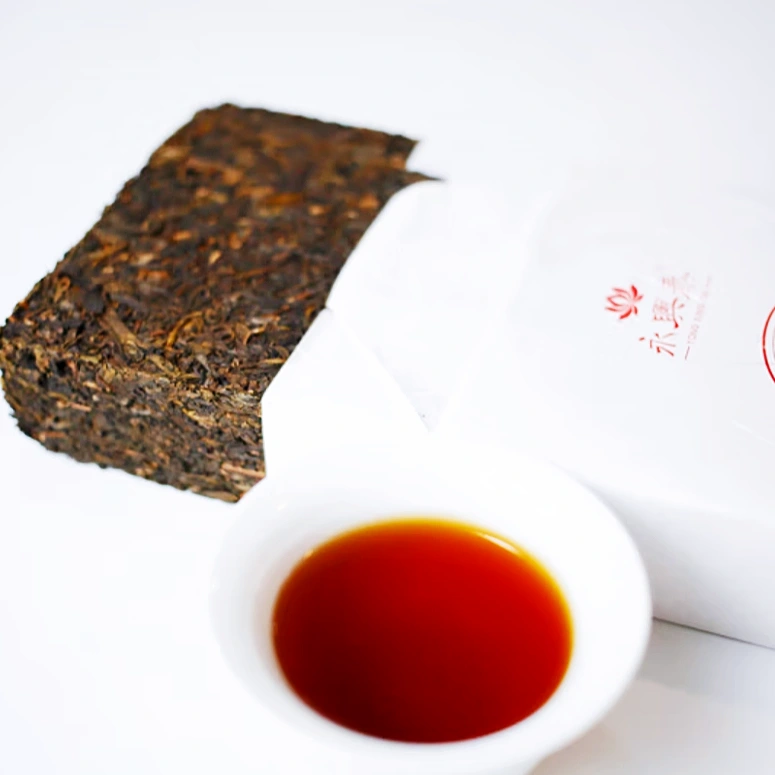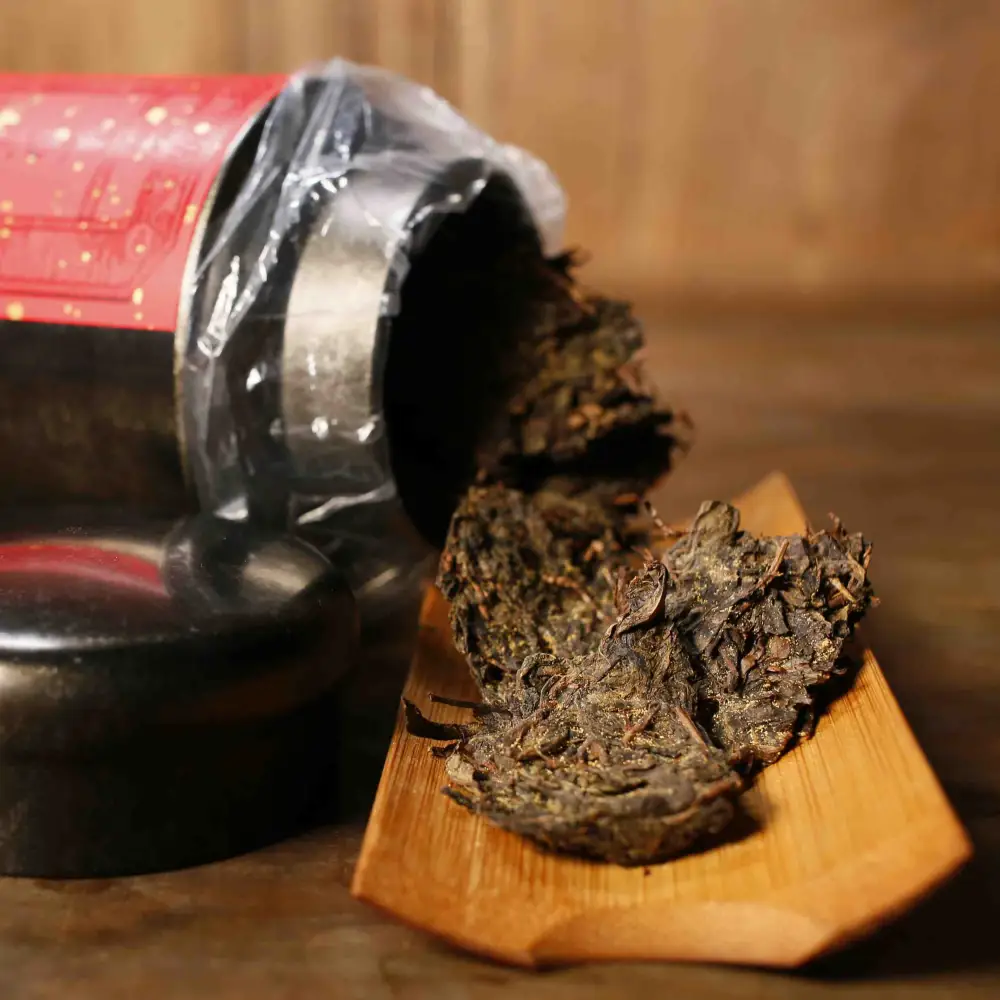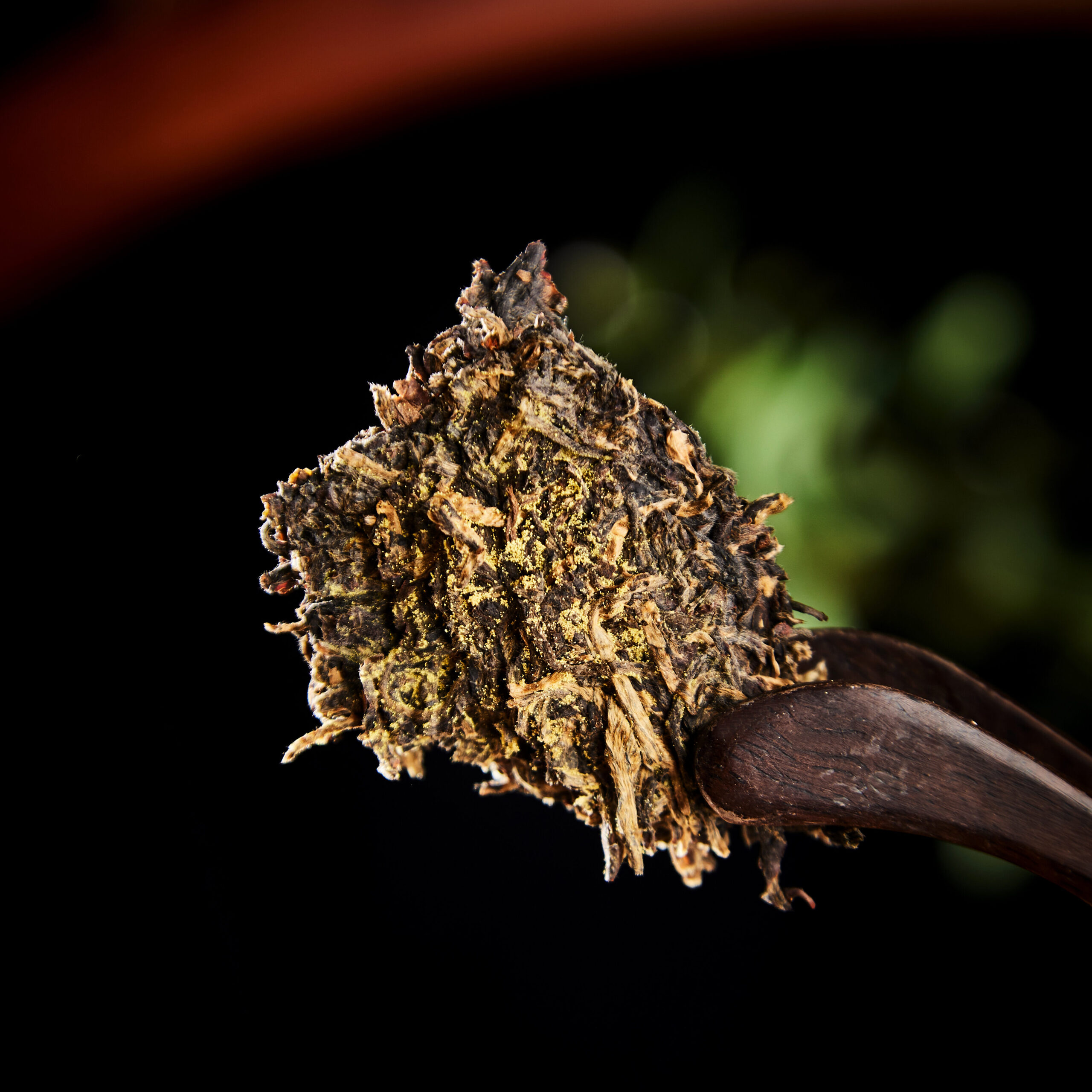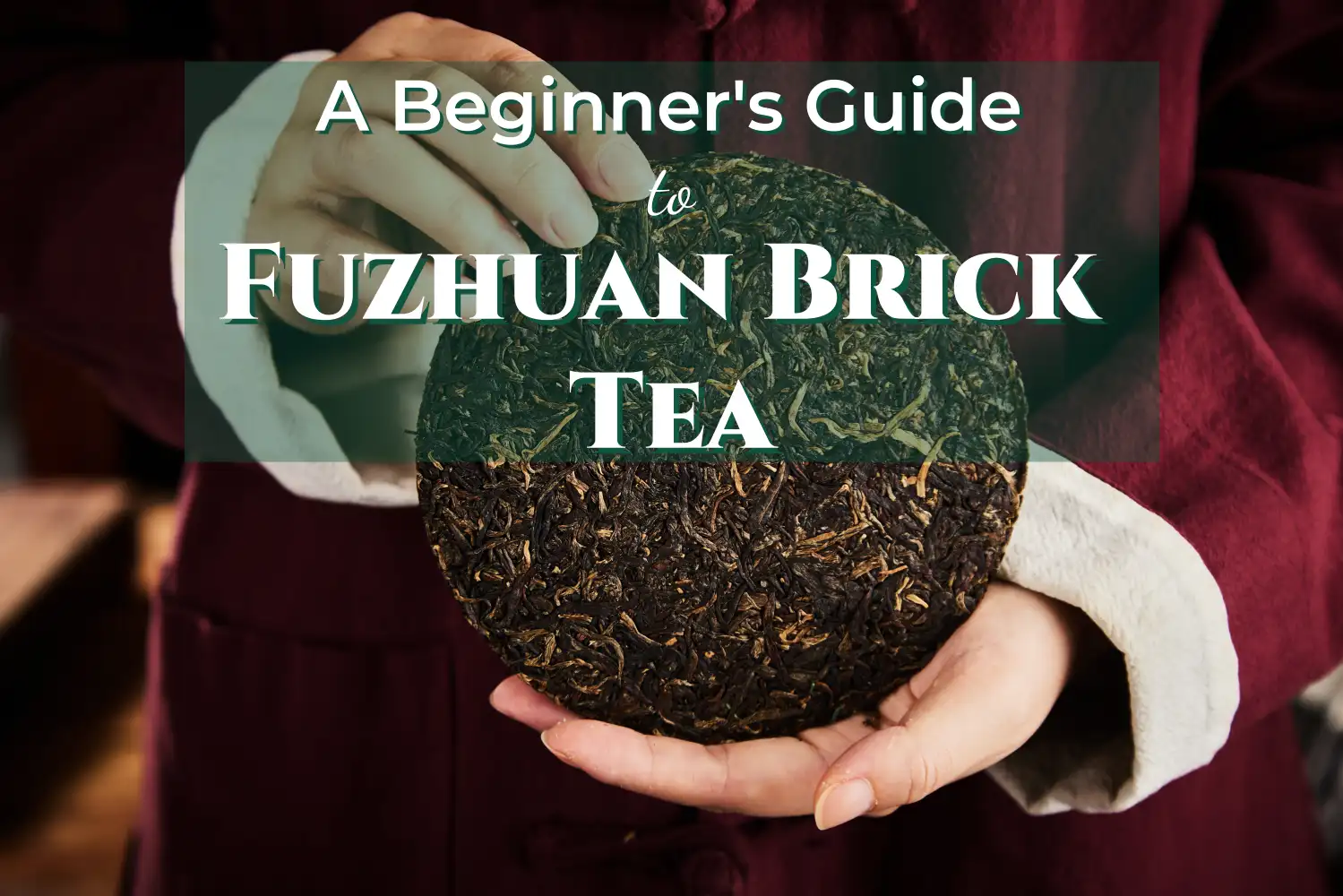Fuzhuan brick tea offers a unique and intriguing experience for enthusiasts seeking to broaden their palate. This fermented tea, hailing from the Jingyang泾阳 region of the Qinling Mountains, has a rich history and complex flavor profile that captivates both novice and seasoned tea drinkers alike. In this guide, we’ll explore the world of Fuzhuan tea, providing valuable insights and tips for those venturing into this fascinating realm of Chinese tea culture.
Comprehending Fuzhuan Brick Tea: Origins and Production
Fuzhuan brick tea, also known simply as Fuzhuan tea or Fu brick tea, is a type of dark tea that undergoes a unique fermentation process. Its name derives from the Mandarin word “fu,” meaning fermented, and “zhuan,” referring to its brick-like shape. The tea’s origins can be traced back to the Tang Dynasty (618-907 CE), but it gained prominence during the Ming Dynasty (1368-1644 CE) as a valuable trade commodity along the Tea Horse Road.
The production of Fuzhuan brick tea is a meticulous process that involves several stages:
- Harvesting: Tea leaves, typically from the Camellia sinensis var. sinensis plant, are carefully picked from the tea gardens of the Qinling Mountains.
- Initial Processing: The fresh leaves undergo withering, rolling, and oxidation, similar to the production of other teas.
- Piling: The processed leaves are piled and allowed to ferment naturally, developing the tea’s distinctive flavor and aroma.
- Steaming and Pressing: The fermented leaves are steamed to halt the fermentation process and then compressed into brick-like shapes.
- Golden Flower Development: During the aging process, a beneficial fungus called Eurotium cristatum may develop on the surface of the tea, creating golden-yellow spores known as “jin hua” or “golden flowers.”
Appreciating the Unique Characteristics of Fuzhuan Tea
As you embark on your Fuzhuan tea journey, it’s essential to understand and appreciate its distinctive qualities:



- Appearance: Fuzhuan brick tea typically comes in compressed rectangular or square shapes with a dark brown to black color. The presence of golden flowers can be seen as yellowish spots on the surface.
- Aroma: The tea exudes a complex bouquet, often earthy, woody, and slightly musty, with hints of sweetness and medicinal notes.
- Flavor Profile: Fuzhuan tea offers a rich, smooth taste with a balance of earthy, sweet, and slightly bitter notes. The flavor can evolve with multiple infusions, revealing different nuances each time.
- Mouthfeel: The tea produces a thick, velvety liquor that coats the palate, providing a satisfying and lingering sensation.
- Aging Potential: Like other fermented teas, Fuzhuan brick tea can be aged, allowing its flavors to develop and mature over time.
Read more>>>>>>How to Choose and Brew Fu Brick Tea? 4 Selection Tips and 5 Brewing Methods
Brewing and Enjoying Fuzhuan Brick Tea: A Guide for Beginners
Brewing Fuzhuan brick tea may seem daunting initially, but you can unlock its full potential with the right approach. Here’s a step-by-step guide to help you get started:
- Gather Your Equipment: You’ll need a tea knife or pick, a teapot or gaiwan, a strainer, and tea cups. A tea tray can help manage spills during the brewing process.
- Prepare the Tea: Use the knife to carefully pry off a small brick portion, approximately 5-7 grams per 150 ml of water. Break the tea into smaller pieces to facilitate brewing. Watch a video on how to break tea from a cake and purchase our high-quality tea needle here(Note: Tea needles may be free with tea cake or brick purchases over a certain amount, typically just below the free shipping threshold.).
- Rinse the Tea: Place the tea leaves in your brewing vessel and pour hot water (around 95°C/203°F) over them. Immediately discard this water. This “awakens” the tea and removes any dust.
- First Infusion: Add hot water to the rinsed leaves and let it steep for about 30 seconds. Pour the tea through a strainer into your cup or serving pitcher.
- Subsequent Infusions: Fuzhuan tea can be brewed multiple times. Increase the steeping time with each infusion, adjusting to your taste preferences.
- Experiment and Enjoy: Adjust brewing parameters such as water temperature, steeping time, and leaf quantity to find your ideal brew.
When tasting Fuzhuan brick tea, take time to appreciate its various aspects:
- Visual: Observe the liquor’s color, ranging from deep amber to dark reddish-brown.
- Aroma: Inhale deeply to capture the tea’s complex scent profile.
- Taste: Take small sips, allowing the tea to coat your palate. Notice how the flavors evolve as you drink.
- Aftertaste: Pay attention to the lingering sensations and flavors after swallowing.
Fuzhuan tea is often praised for its potential health benefits, which are attributed to its fermentation process and beneficial compounds. Some reported benefits include aid in digestion, potential cholesterol-lowering effects, and antioxidant properties. However, it’s essential to approach these claims critically and consult a healthcare professional for personalized advice.
Read more>>>>>>The Remarkable Health Benefits of Fu Brick Tea
As you delve deeper into the world of Fuzhuan brick tea, you’ll discover a rich culture surrounding its production and consumption. In many regions, particularly in parts of China and Central Asia, Fuzhuan tea is more than just a beverage – it’s an integral part of social interactions and traditional medicine.
For those looking to expand their Fuzhuan tea horizons, there are several avenues to explore:
- Vertical Tasting: Try Fuzhuan bricks of different ages to understand how the tea evolves.
- Regional Variations: Explore Fuzhuan teas from different production areas within the Qinling Mountains to appreciate subtle differences in flavor and character.
- Pairing Experiments: Discover how Fuzhuan tea complements various foods. Its robust flavor can stand up to rich, savory dishes, making it an enjoyable alternative to wine in some food pairings.
- Seasonal Enjoyment: While Fuzhuan tea is often associated with colder months due to its warming properties, experiment with different brewing methods to enjoy it year-round.
As you become more familiar with Fuzhuan brick tea, you may be drawn into the broader world of dark teas or heicha. This category includes fascinating varieties like Pu-erh from Yunnan and Liu Bao from Guangxi, each with unique characteristics and production methods.
Collecting and storing Fuzhuan tea can also become an engaging hobby. Proper storage is crucial to maintaining the tea’s quality and allowing it to age gracefully. Store your Fuzhuan bricks in a cool, dry place away from strong odors. Some enthusiasts invest in special storage containers or even dedicated tea storage rooms to create optimal aging conditions.
Conclusion
In conclusion, Fuzhuan brick tea offers a captivating journey into a unique corner of the tea world. Its complex flavors, rich history, and potential health benefits make it a rewarding discovery for tea enthusiasts. As you explore this tea, remember to approach it with an open mind and a spirit of curiosity. Each brewing session allows you to refine your technique, discover new nuances, and deepen your appreciation for this remarkable tea.
Whether sipping a cup of Fuzhuan tea to warm up on a chilly day, sharing it with friends as part of a cultural exchange, or exploring its potential health benefits, this tea has much to offer. As you continue your tea journey, let Fuzhuan brick tea remind you of the vast and varied world of tea, waiting to be discovered one cup at a time.
We serve thousands of satisfied tea enthusiasts in our tea house each year, and we’re excited to share these exceptional teas with tea lovers worldwide at Orientaleaf.com.
References
- Zhang, L., et al. (2013). Characterization of microbial community in Fu brick tea during aging. Journal of Food Science and Technology, 50(6), 1085-1092.
- Ling, T. J., et al. (2010). New triterpenoid saponins from the roots of Camellia sinensis (L.) O. Kuntze. Molecules, 15(11), 8267-8276.
- Xu, Y., et al. (2015). Microbial diversity and metabolite characteristics of Fu brick tea. Journal of Tea Science, 35(1), 1-8.
- Wang, Q., et al. (2011). Structural characterization and bioactivities of a novel polysaccharide from Fu brick tea. Carbohydrate Polymers, 86(3), 1460-1464.
- Li, Q., et al. (2013). Chemical composition and antioxidant activity of golden flower (Chrysanthemum morifolium) essential oil. Journal of Essential Oil Bearing Plants, 16(1), 57-62.


